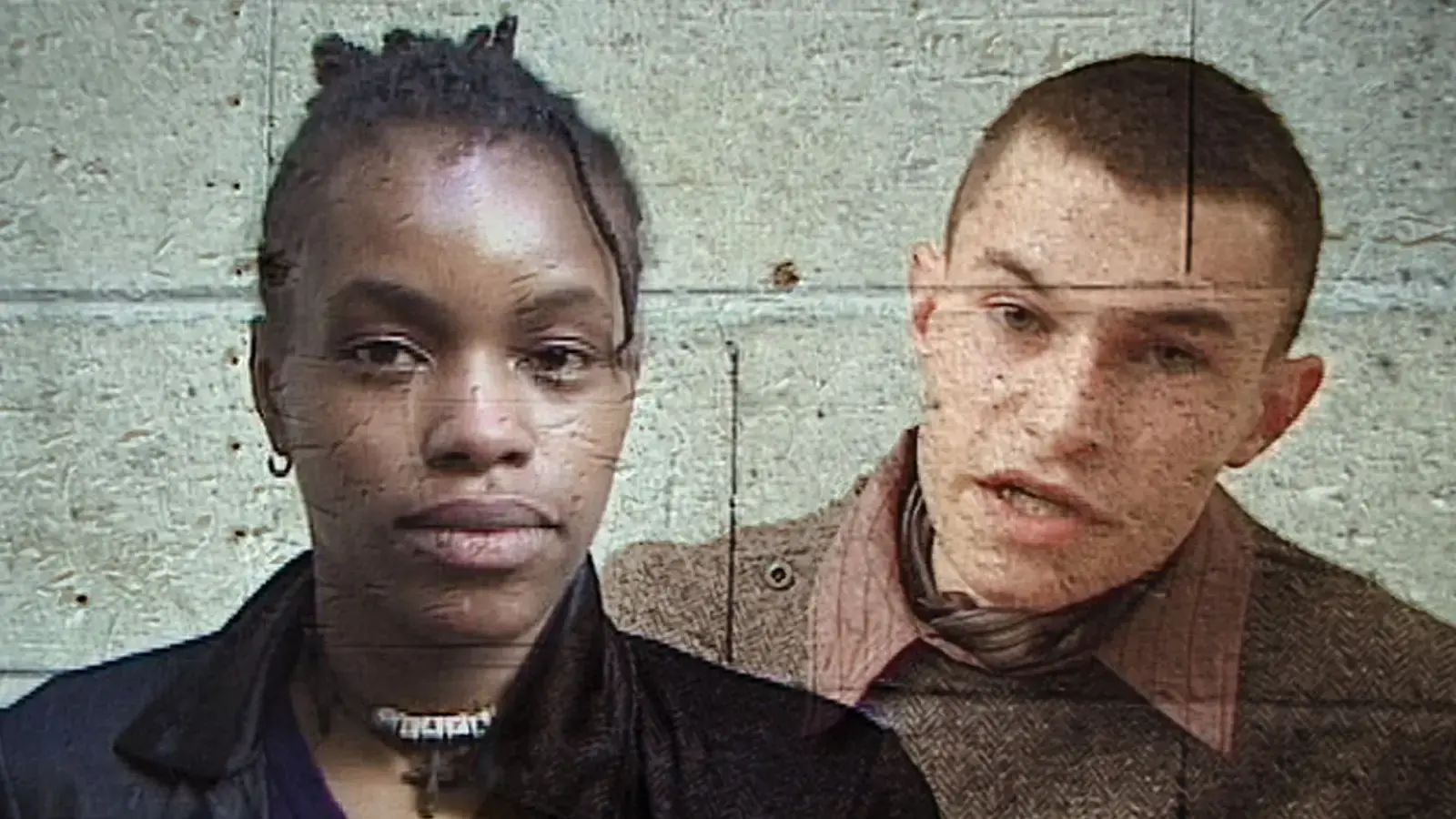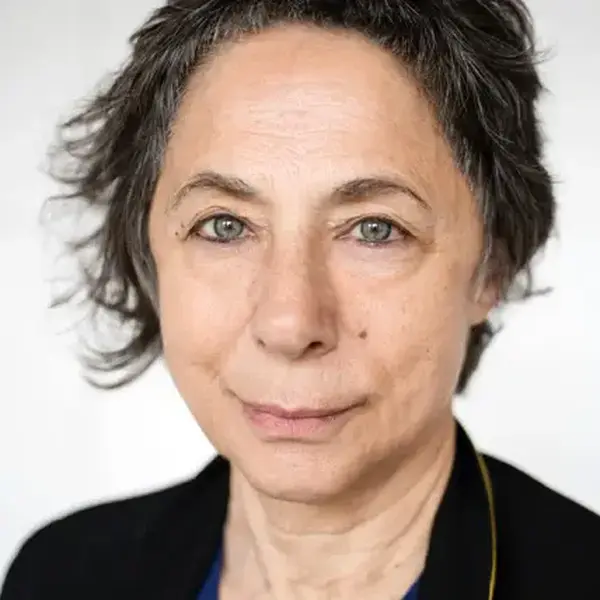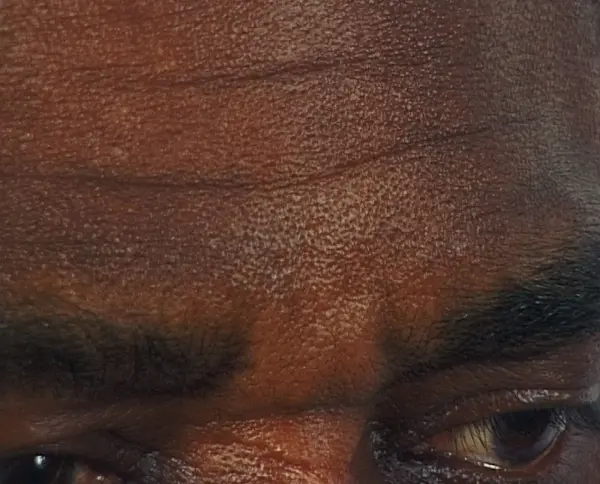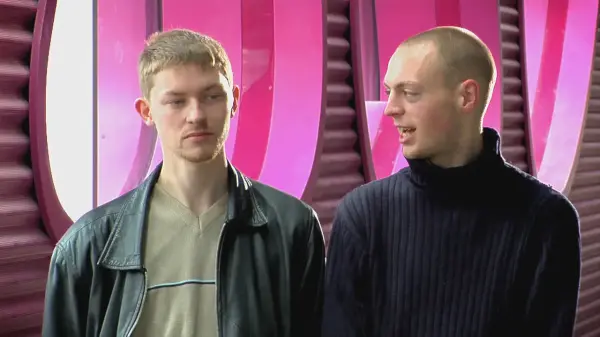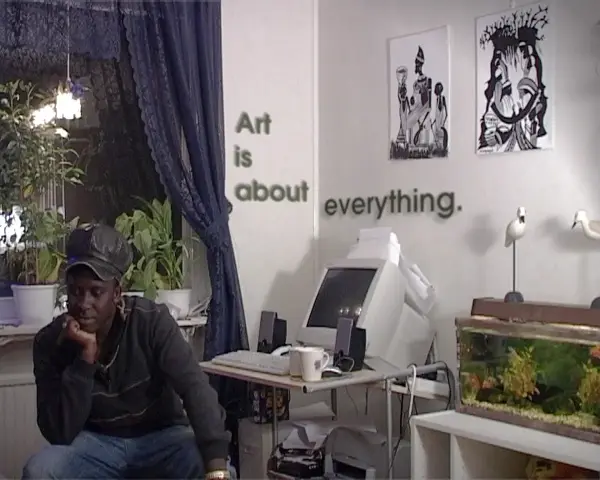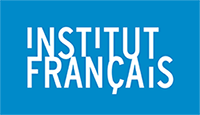Esther Shalev-Gerz
Internationally recognized for her significant contributions in the field of public art, photography, and video installation, Paris-based artist Esther Shalev-Gerz consistently investigates the construction of memory, history, nature, democracy, and cultural identity.
The Koffler Gallery presents Shalev-Gerz’ first exhibition in Toronto, bringing together four video and photography installations that explore memory and migration. Developed through active dialogue with diverse communities, these projects foreground participants’ individual and collective experiences.
In The Gold Room (2016), Shalev-Gerz proposes a reading of the cultural value of objects through ten stories of provenance. Five historians unfold the potential origin of five objects selected from the collection of the Swedish History Museum, Stockholm, whose histories have been forgotten. The other five featured participants are recent refugees to Sweden. The objects they discuss have been brought along on their difficult flights and hold deep significance, revealing both personal and global narratives of our time. The poignant video and series of photographs depicting these cultural objects from the past and present shed light on the personal journeys and encounters contained in their folds.
Comprising four chapters to date, the video series The Portraits of Stories (Les Portraits des Histories) was developed in France at Aubervilliers, Paris and in Belsunce, Marseilles in 1998, then in Skoghall, Sweden in 2000, and finally in Sandwell, UK in 2008. In each context, Shalev-Gerz asked “What story must be told today?” and invited participants to direct the artist’s gaze, exercising control over their representation. Examining how voice and image relate to the construction of individual and collective histories, The Portraits of Stories profiles ways in which divergent histories co-exist and inform our readings of a place.
First Generation (2004) interrogates portraiture’s pictorial traditions and its ability for identification. Thirty-four locals contributed to the project by responding to a set of questions about their coming to Botkyrka, Sweden: “What did you lose?,” “What did you find?,” “What did you get?,” “What did you give?”. Never fixed, the perception of oneself constantly evolves, particularly for people of diaspora who constantly adapt and recreate their identities in ways that may feel simultaneously enriching and destabilizing. Video and photographic close-ups pan over participants’ faces as they listen to their own responses, which are transcribed as a sprawling text mural, offering the viewer a fragmented visual journey.
Finally, Shalev-Gerz’s video installation The Place of Art (2006) explores diverse perceptions of art and its societal position—both physical and ideological. Working with cultural practitioners, art institutions, housing companies, and municipal departments, Shalev-Gerz interviewed 38 culturally diverse artists residing in Bergsjön, Sweden, asking: “How would you define art?” and “Where would you locate the place where it happens?” While considering their individual responses in relation to their personal histories, cultural traditions, and value perceptions, each participant attempts to articulate and locate the future place of art, suggesting a plurality of contexts to which art belongs and cultures to whom it is meaningful.
With thoughtful, nuanced approaches to collaboration, Shalev-Gerz’s artworks confront the practice of portraiture, considering how it may address contemporary politics of representation. Examining the impact of time and space on identity constructions, places, and (hi)stories, these works record, critique, and expand the understanding of the social role of artistic practice.
Shalev-Gerz is represented by WASSERMAN PROJECTS, Detroit, Jill Silverman van Coenegrachts, jsvcPROJECTS/London, SPROVIERI, London and GALLERI SUSANNE OTTESEN, Copenhagen.
Image at top: Esther Shalev-Gerz, The Portraits of Stories, Aubervilliers, 1998, video still. Courtesy of the artist.

